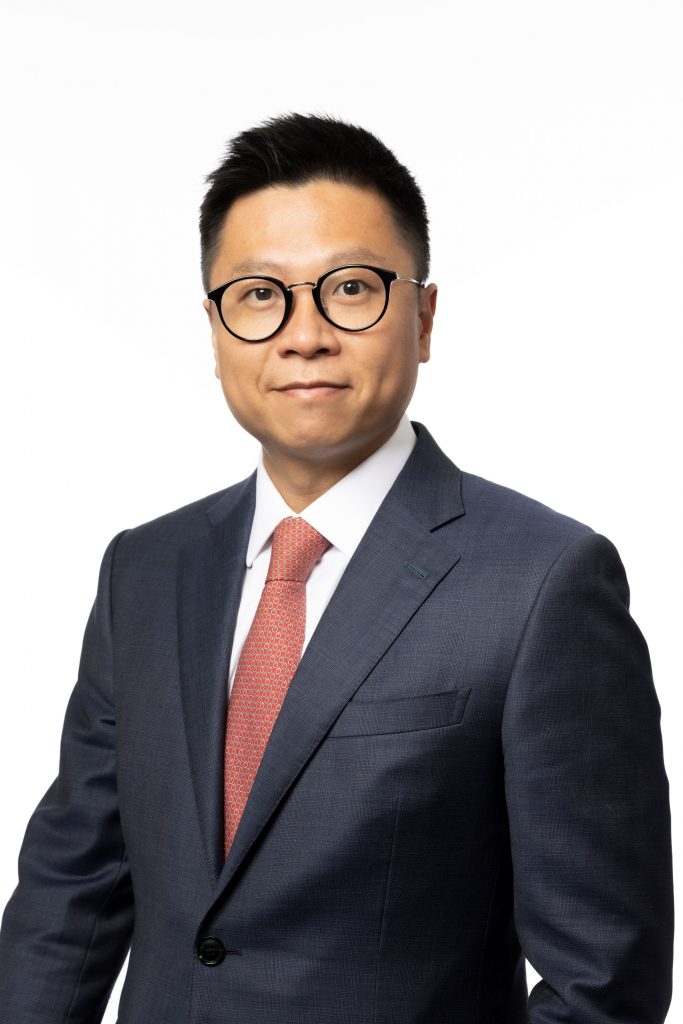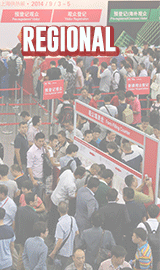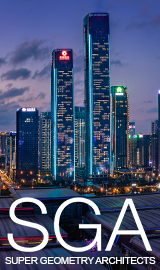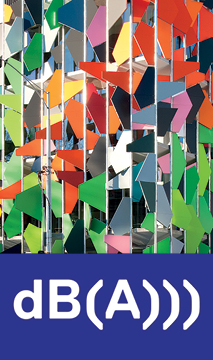HONG KONG, 18 November 2025 – Asia Pacific commercial real estate (CRE) investment volumes totalled USD 39.5 billion in Q3 2025, marking a 2% year-over-year (YoY) increase and a substantial 26% quarter-on-quarter uptick, according to new data from JLL. Year-to-date (YTD) volumes reached USD 106.6 billion, climbing 11% compared to the same period in 2024, as markets navigate a fragile recovery amid evolving interest rate dynamics and persistent geopolitical headwinds.
Hong Kong’s CRE investment totalled approximately USD 1.2 billion in Q3, representing a 10% YoY decline and a slight drop from the previous quarter. Nevertheless, overall transaction volume remained broadly in line with the average volumes seen since 2024, reflecting certain resilience amid short-term market fluctuations. Year-to-date, total transactions reached USD 3.7 billion, marking an 18% YoY increase.
By sector, office assets led the market, with third-quarter volumes totalling approximately USD 460 million (YTD: USD 1.8 billion). Activity was primarily driven by strata-title acquisitions by owner-occupiers. The retail sector followed, recording around USD 330 million in third-quarter volume (YTD: USD 780 million). Attracted by elevated yields and early signs of stabilisation in retail sales, long-term investor participation increased during the quarter. However, transactions remained largely concentrated among private domestic investors, as broader market sentiment continued to be weighed down by prevailing headwinds.
The industrial and logistics sector also remained active, with third-quarter volumes of approximately USD 230 million (YTD: USD 530 million). The largest transaction of the quarter was Uni-China Group’s acquisition of 4-6 Tsing Tim Street in Tsing Yi from Swire Properties for US$95 million, intended for self-use. Market participants are recalibrating their strategies in response to renewed interest rate cut cycle.
Hong Kong investment volumes holds steady at USD 1.2 billion, broadly in line with 2024 averages

Oscar Chan
Oscar Chan, Head of Capital Markets at JLL in Hong Kong, said: “Hong Kong’s GDP grew by 3.1% year-over-year in the second quarter, with consumer sentiment showing signs of stabilisation. Along with banks lowering their prime lending rates following the US rate cut and the government’s active acquisition of properties to optimise future rental expenses, these factors have collectively supported investor confidence and overall market activity.”
Looking ahead, Chan added: “Lower interest rates should help ease financial pressures on developers and property owners. This, in turn, should temper the pace of property price corrections over the medium term. However, banks are likely to maintain a cautious approach to mortgage approvals, with credit conditions remaining tight in the near term. Meanwhile, progress in trade negotiations between mainland China and the US, alongside US interest rate cuts and China’s stimulus measures, is expected to improve investor sentiment and bolster market confidence.”
Elsewhere in the region, India delivered standout performance in the third quarter, recording USD 2.6 billion in investment activity – the highest quarterly volumes in the country’s history and a remarkable 511% surge YoY (YTD: USD 4.7 billion, +131%). Sustained strength in office fundamentals has driven acquisition activity from global investors, Indian REITs, and domestic funds, with the continued momentum reflecting growing confidence in the trajectory of India’s CRE market as it matures.
Japan maintained its position as the region’s CRE powerhouse, with third quarter volumes of USD 10.3 billion, representing a 23% YoY increase and bringing year-to-date totals to USD 31.6 billion, a 23% increase from the same period in 2024. Multifamily investments rebounded to levels not seen since Q1 2020, highlighted by News release
landmark deals such as a 30-building portfolio. While domestic demand for office assets remained robust, foreign investors emerged as net sellers over the quarter.
“Asia Pacific’s CRE investment landscape is demonstrating remarkable resilience despite a complex macro environment characterised by trade policy volatility and shifting monetary conditions,” said Stuart Crow, CEO, Asia Pacific Capital Markets at JLL. “India’s record-breaking quarter underscores the compelling growth narrative across all sectors, while Japan’s sustained momentum is built around the expectation of near-term rental growth, as is the case in many of the large Asian markets.”
Office assets dominated third quarter investment activity, commanding USD 17.8 billion in transactions – a 53% YoY surge and bringing year-to-date volumes to USD 47.5 billion (up 36% YoY). South Korea recorded six deals exceeding USD 250 million, while Japan saw foreign capital executing strategic exits amid favourable market sentiment. Industrial and logistics volumes reached USD 7.1 billion, though declining 38% YoY, the sector posted a 13% quarter-on-quarter improvement as yields compress in major markets.
The living sector sustained its impressive trajectory, with third quarter volumes of USD 5.0 billion, representing a 304% YoY increase (YTD: USD 11.0 billion, +137%). Japan’s multifamily market remained the primary driver, with institutional investors and platforms including Weave Living actively expanding portfolios. Meanwhile, Singapore’s worker dormitory segment received a boost from Centurion’s IPO debut and subsequent acquisitions.
Cross-border investment flows surged to historic levels, with third quarter volumes of USD 12.0 billion, marking a 60% YoY increase (YTD: USD 27.3 billion, +88%). Intra-regional capital demonstrated growing prominence alongside traditional global investors, with Japan and Korea office, Japan multifamily and Korea industrial attracting substantial foreign capital deployment.
Private wealth investment volumes climbed 35% YoY in the third quarter to USD 6.0 billion (YTD: USD 15.9 billion, +14%). Australia and Japan collectively accounted for nearly half of all private wealth transactions. Australia accounted for 26% of all transaction volumes in the third quarter, backed by strong domestic demand, with Japan accounting for just over one quarter of volumes (20%). South Korea rounded out the top three, accounting for 15% of private wealth investment.
Australian family offices have notably increased their market presence, now representing 42% of investors based in the country, up from just 10% in 2020.
“The recent rate cut by the Federal Reserve has provided Asian central banks with enhanced flexibility to ease monetary policy without foreign exchange pressures, creating increasingly favourable financing conditions across the region,” said Pamela Ambler, Head of Investor Intelligence, Asia Pacific at JLL. “We are observing yield compression in multiple markets as investors recalibrate pricing assumptions, while alternative lenders are reshaping the debt landscape to provide additional liquidity. Despite ongoing tariff uncertainties affecting certain sectors, structural opportunities in data centres, multifamily, and life sciences continue to attract long-term institutional capital.”











